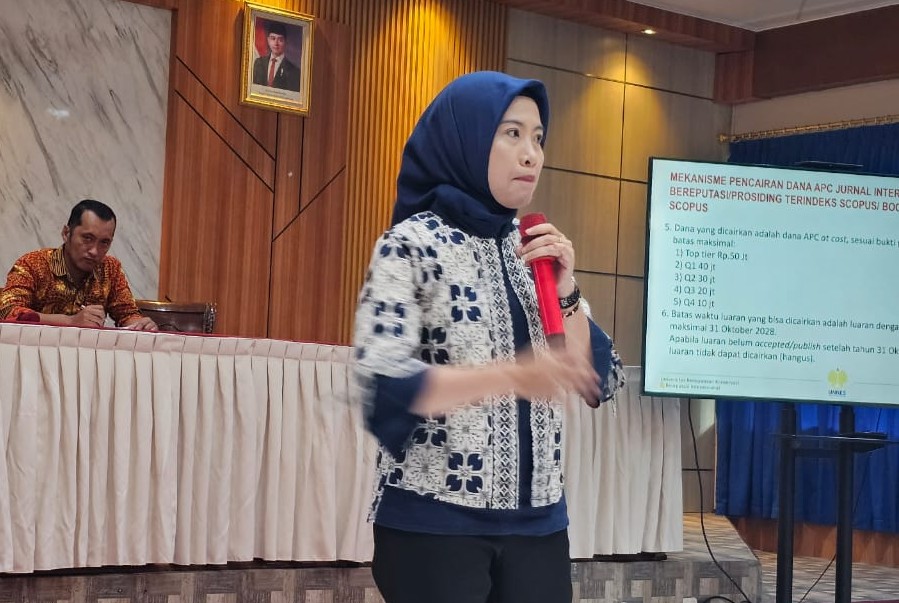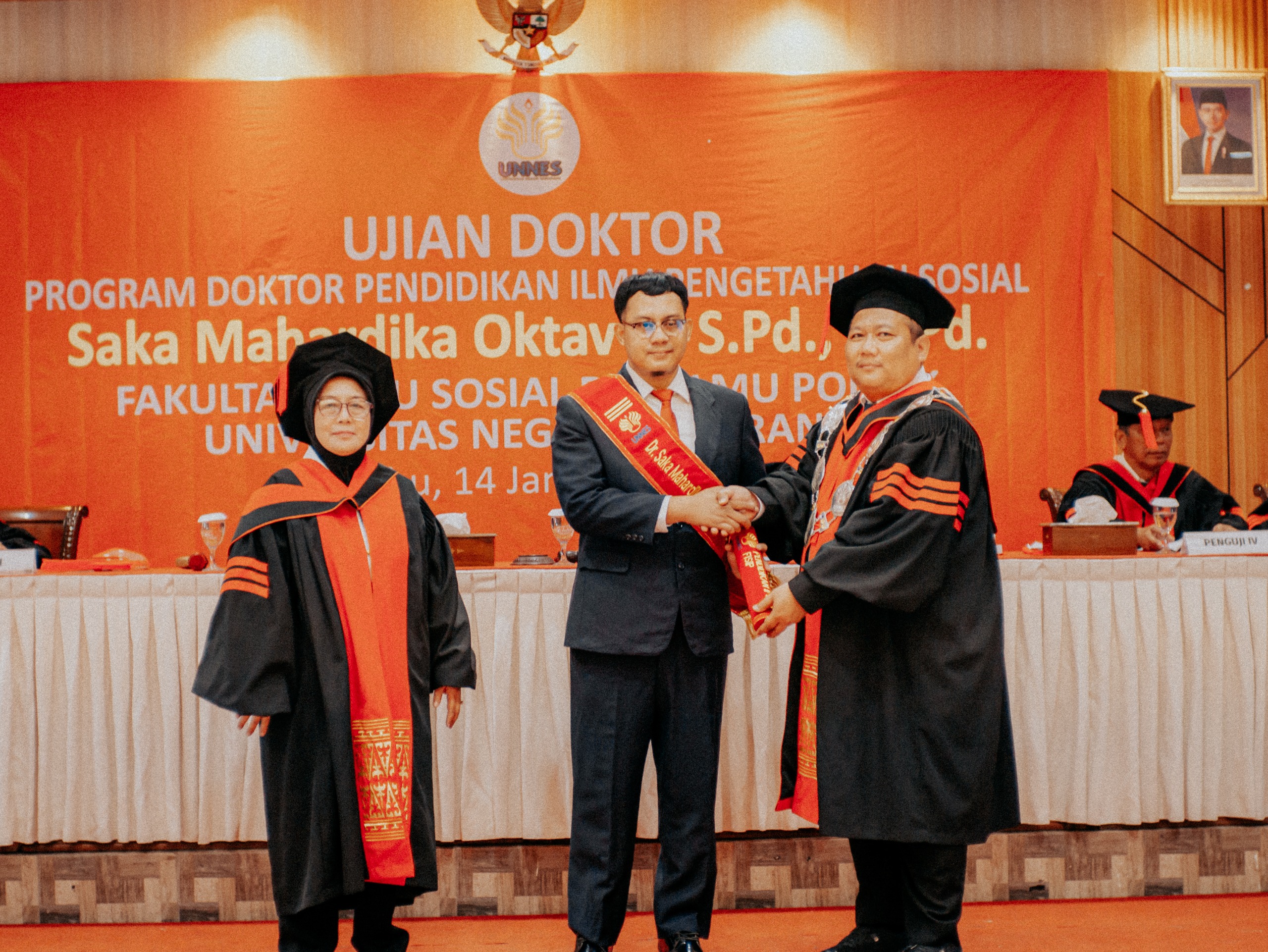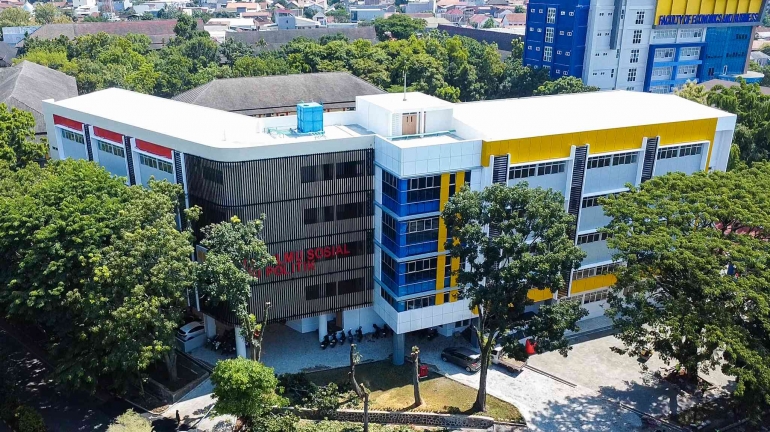Sam Poo Kong Temple. According to visitjawatengah.jatengprov.go.id, this pagoda, also known as the Gedung Batu Temple, is the oldest Chinese temple in Semarang, the provincial capital of Central Java. The building covers an area of 1,020 square meters and is influenced by 14th-century Chinese and Javanese architectural styles. The temple is painted a resplendent red color and is crowned with a triple pagoda roof, typical of East Asian cultures. The pagoda foundation was first built by Admiral Cheng Ho, a Muslim explorer from Mainland China. After some time, Zheng He left Java, but many of his crew decided to stay and settle in the area. They married local residents, and until now, Simongan has been inhabited by Chinese descendants. In 1704, the original temple and cave collapsed in a landslide. Local people rebuilt it 20 years later in a different location, closer to the city center and further from areas prone to decay by natural elements. It served as both a place of worship and a shrine honoring Zheng He for his services to society. For group 4 visits, there were Sujiwo Husodo, Tia Junia Hidayah, Desi Anggraeni, Misbakhul Anam Rs, and Irfan Mundoko.

History of the Great Temple of Sam Poo Kong Semarang
Launching from sampookong.co.id, Admiral Zheng He (Cheng Ho) was born with the name Ma San Bao. That is why the pagoda or place of rest for Zheng He uses the name Sam Poo Kong. In the Hokkien dialect, Sam Poo Kong or San Bao Dong (Mandarin) means San Bao cave. The origin of the Sam Poo Kong Great Temple was when Zheng He’s fleet docked at Simongan-Semarang Beach because the helmsman, Wang Jing Hong, was seriously ill. A stone cave was used as a resting place for Zheng He and for treating Wang Jing Hong. While his helmsman recuperated, Zheng He continued his voyage to the East to complete his mission of peace and trade in ceramics and spices.
While in Simongan, Wang led his men to work the land, build houses, and mingle with the local people. The environment around the cave grew and prospered due to trading and agricultural activities. Out of respect for his leader, Wang erected a statue of Zheng He in the stone cave to be honored and remembered by the local people. This was the origin of the construction of the Sam Poo Kong Temple in Semarang. Wang died at the age of 87 and is buried nearby. Since then, the people have called it the Tomb of Kyai Juru Mudi. When the stone cave collapsed due to a landslide, the community built an artificial cave, which is located next to the Tomb of Kyai Juru Mudi. During its journey, the Great Sam Poo Kong Temple has undergone restoration several times. Apart from the uncertain political situation after independence, flooding is the main problem faced by the Great Sam Poo Kong Temple. A major revitalization was carried out by the Sam Poo Kong Foundation in January 2002. The restoration was completed in August 2005, in conjunction with the 600th anniversary of Admiral Zheng He’s arrival on the island of Java. The inauguration was attended by the Minister of Trade of Indonesia, Mari Elka Pangestu, who came to the Agung Sam Poo Kong Temple, and the Governor of Central Java, H. Mardiyanto.
The Values Embedded in the Sam Poo Kong Temple
The Sam Poo Kong Temple is used as a source of symbols of teachings of various beliefs as well as a center for social activities and the assimilation of arts that have high religious and artistic values. In addition, there are several other values, including:
- Religious Value
The inherent religious value is that there are always prayers, religious rituals, and spiritual learning. Confucians usually worship at Litang on the 1st and 15th of the Chinese New Year calendar. But there are also those who do it on Sundays and other days; this is adjusted to local conditions and circumstances. Apart from that, there are religious rituals such as the Commemoration of the Chinese New Year, which is celebrated every year by Confucians, and there is spiritual learning in the form of reflections or by reading verses in the holy book. - Cultural Values, because it contains cultural elements such as cultural arts, which are found in building art, and ornaments, which are often found in a pagoda. In the field of building art, the yin-yang principle is often used in spatial planning and its elements. Besides that, Chinese culture also brought in Tridharma (Confucianism, Taoism, and Buddhism) as part of the culture and other cultural arts that thrive in it, including calligraphy, Barong Sai, Potehi puppets, and so on.
- Community social value, because it is a place for social activities, especially services for people and the general public who want to visit to just pray or just to visit for something. This can create a fence for mutual religious and cultural tolerance.
Benefits of the Sam Poo Kong Temple
The benefits that can be taken from a visit to Sam Poo Kong include:
- Open your eyes and develop a different point of view in viewing the history of Sampokong.
- Increase understanding and belief about the importance of supporting and preserving tourist attractions.
- Generate and grow a sense of tolerance, learn to respect the majority among us. After I visited Sam Poo Kong, my perception of them changed the negative perception that Sam Poo Kong was only used for Hindus. But after I visited Sam Poo Kong, I realized and understood that my assumption had been wrong. Furthermore, my attitude towards them is to respect and appreciate them wherever they are though. We must respect one another. Apart from that, they also help each other.
Written by: Desi Anggraeni, Tia Junia Hidayah, Sujiwo Husodo, Misbakhul Anam RS, Irfan Mundoko.



